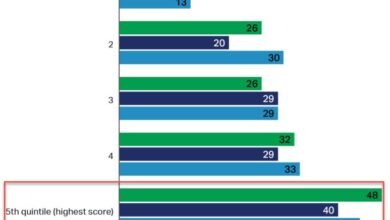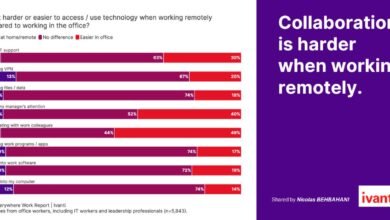
Source | www.mckinsey.com | MCKINSEY GLOBAL INSTITUTE
The McKinsey Global Institute’s new Future of Work research is about the barista at your favorite coffee shop, the doctor you visit over video, and the manager you haven’t seen in person for a year. Our analysts grouped 800 occupations across eight countries into ten ‘work arenas’ based on the level of physical proximity they require. We evaluated them against over-riding trends—including automation, aging populations, digitization, sustainability, and more—to create the fullest picture possible of how COVID-19 will reshape the ways we work.
Three leaders of the research—Susan Lund, Anu Madgavkar, and Olivia Robinson—take us inside the report’s findings.

What did you learn that most surprised you?
Susan: When we reflected on what the pandemic is really changing, for the first time what mattered most were the physical characteristics of a job. For instance, did your work include close contact with the public? How many different people do you interact with in a day? Are you in a highly trafficked public location—or a setting with few others?
By looking at occupations from that perspective, we could group them in a different way than we traditionally do, either by sector of the economy, like health care, or by type of occupation, like manager. It’s a new dimension to work that becomes very important when we consider the changes going forward.
Olivia: One of the most surprising things for me, based on our estimates, is the decline of low-wage jobs. In the past, it was believed there would be a polarization with growth of both higher-wage and lower-wage jobs and the loss of middle-level jobs, partly due to automation.






